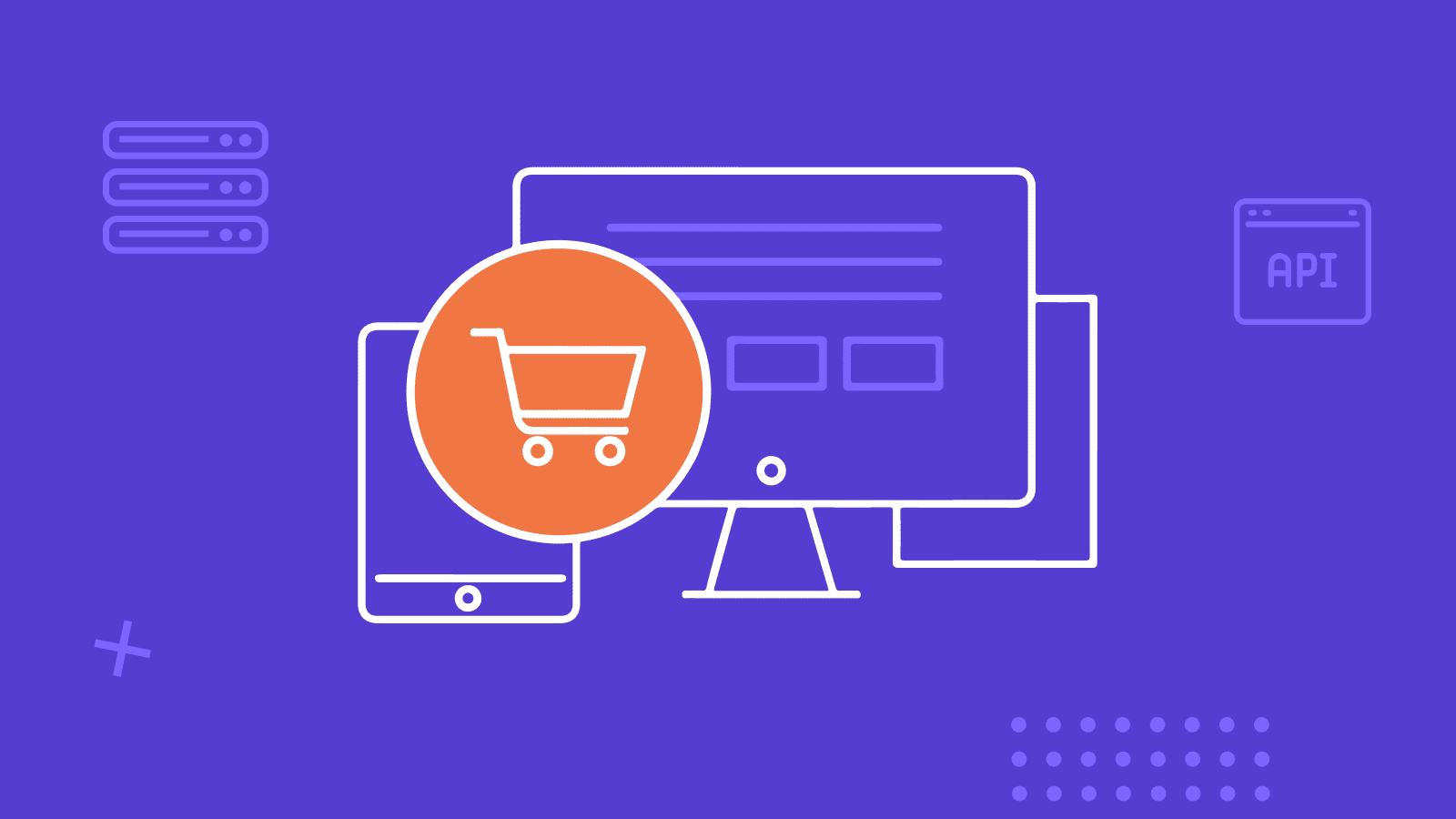
Headless Commerce with Sitecore OrderCloud: A Developer's Guide
- 29/01/2024
- Technical
- Sitecore Commerce, OrderCloud, Best Practices, Commerce Cloud
Introduction
In the world of online shopping, there's a growing trend called "headless commerce." This might sound a bit technical, but it's actually a simple concept. Imagine the shopping website you visit is like a puppet. In traditional setups, the puppet (the website) and its strings (the back-end systems) are tightly connected. Headless commerce is like having a puppet with invisible strings. The website (front-end) and the systems that manage the products and sales (back-end) are separated. This separation offers a lot of flexibility to change the look of the website without messing with the back-end systems.
Sitecore OrderCloud steps into this world of headless commerce. It's like a toolbox for developers, giving them everything they need to build custom online shops that are flexible, scalable, and secure.
What Makes Sitecore OrderCloud Special
API-First Approach: Think of APIs as a set of instructions that allow different pieces of software to talk to each other. OrderCloud uses these instructions as its foundation, making it easy to integrate different technologies.
Microservice Architecture: This is like having a team where each member is really good at one specific task. In OrderCloud, different services handle specific tasks like managing products or processing orders. This setup is reliable and easy to scale.
Robust Security: It ensures that all transactions and customer information are kept safe.
Some Examples for Developers
Let's look at a couple of simple examples to understand how developers can use OrderCloud.
Example 1: Logging In a User
One of the first steps in any shopping site is logging in. Here's a way to do this using OrderCloud's instructions (APIs) in JavaScript, a popular programming language:
const axios = require('axios');
async function authenticateUser(clientId, username, password) {
const url = 'https://api.ordercloud.io/v1/oauth/token';
const data = {
client_id: clientId,
grant_type: 'password',
username: username,
password: password,
};
try {
const response = await axios.post(url, data);
console.log('User logged in successfully', response.data);
return response.data;
} catch (error) {
console.error('Oops, logging in didn’t work', error);
}
}
authenticateUser('YourClientID', 'YourUsername', 'YourPassword');
Example 2: Adding a New Product
If you're managing an online store, you'll often need to add new products. Here's a straightforward way to do this in Python, another popular programming language:
import requests
def create_product(access_token, product_details) {
url = 'https://api.ordercloud.io/v1/products'
headers = {'Authorization': f'Bearer {access_token}'}
response = requests.post(url, headers=headers, json=product_details)
return response.json()
}
product_details = {
'ID': 'new-product',
'Name': 'New Product',
'Description': 'Description of the new product'
}
access_token = 'YourAccessToken'
new_product = create_product(access_token, product_details)
print('New product added:', new_product)
Tips for Developers
Learn the API: Spend time understanding OrderCloud's instructions (API). It's like learning the rules of a new game – the better you know them, the better you can play.
Focus on Security: Always keep security in mind, especially when dealing with user information and transactions.
Stay Up-to-Date: The world of headless commerce changes fast. Keep learning and stay informed about new trends and features.
Wrapping Up
For developers looking to build unique and flexible online shopping experiences, Sitecore OrderCloud is a fantastic tool. It allows for a lot of creativity and scalability. This guide is just the starting point – there’s a lot more to explore and learn.
What's Next?
If you're interested in going deeper, check out Sitecore OrderCloud's official documentation. Joining forums and discussions with other developers can also be really helpful. The world of building online stores is exciting and constantly evolving – there's always something new to discover and create!
P.S.: For more informations about Sitecore and our Services, please visit www.cyber-solutions.at